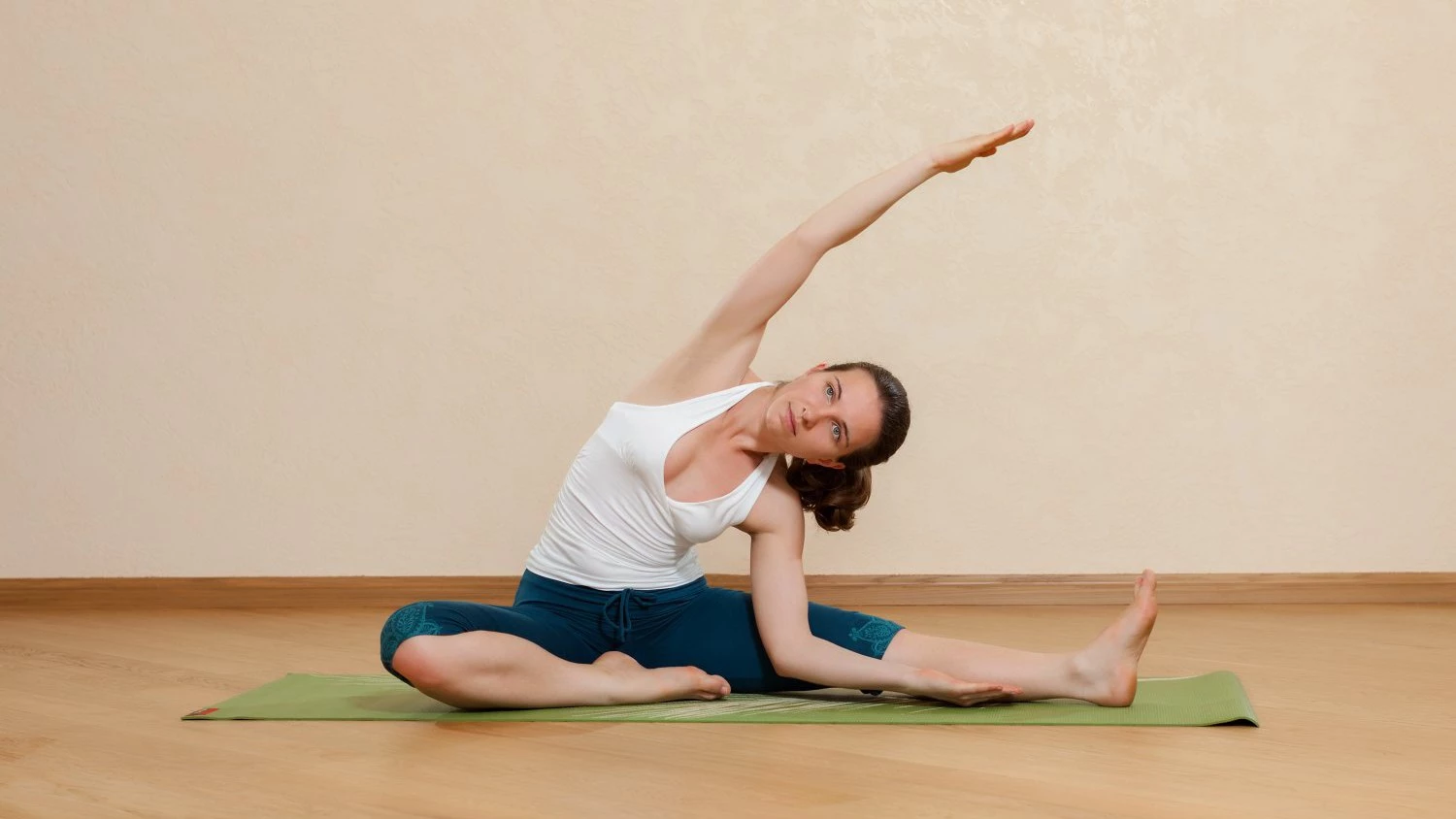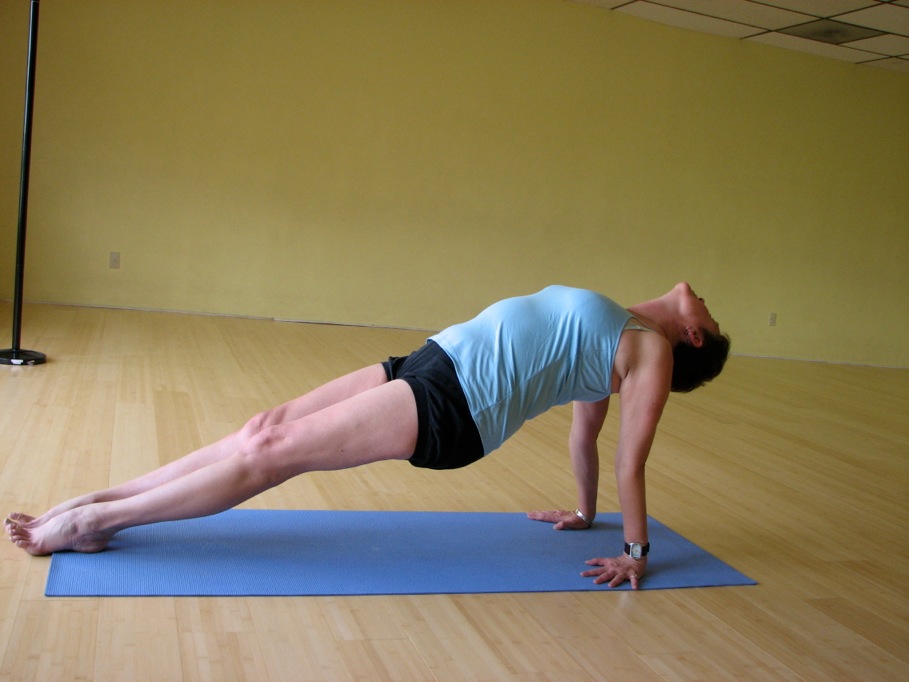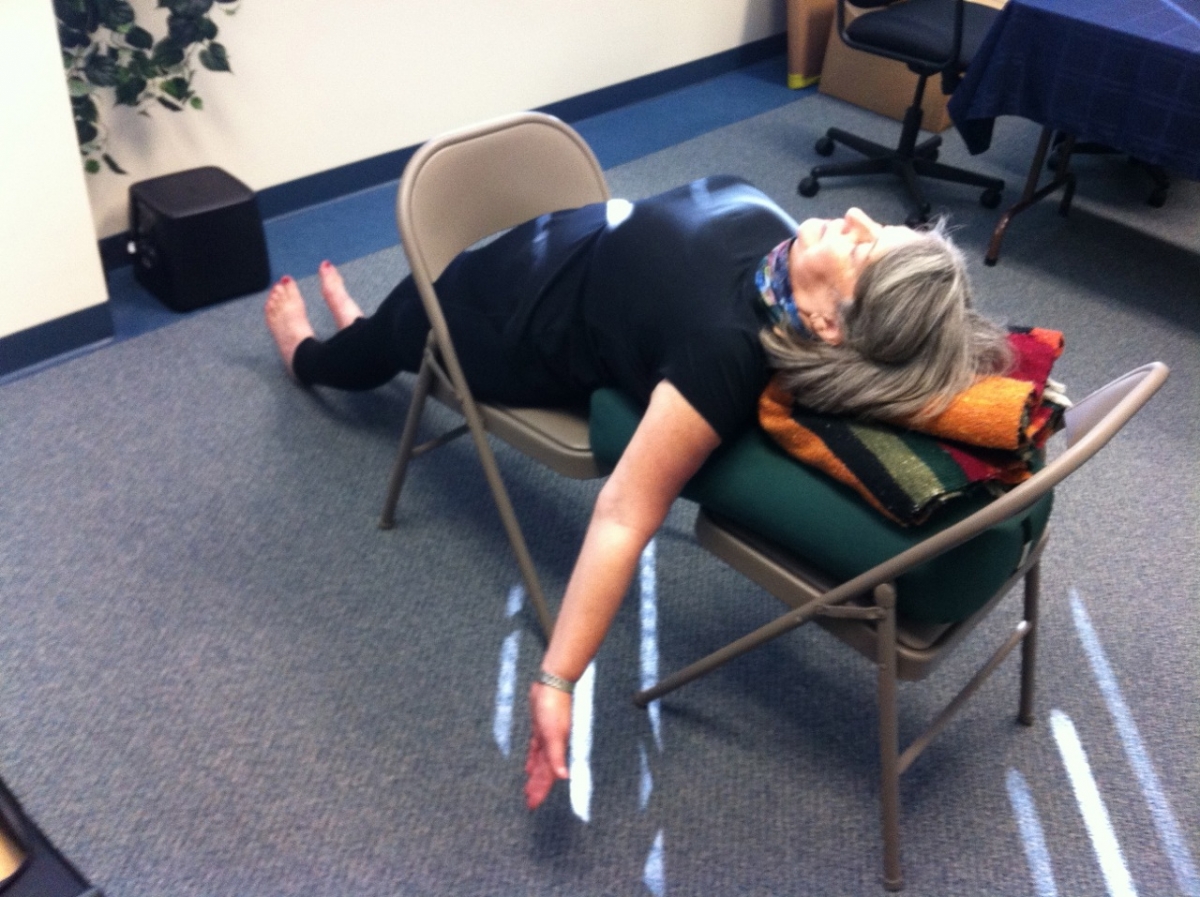Yoga for Depression: It’s Not One Size Fits All

This article is the second in a series of two articles reflecting on a workshop on yoga and depression offered by Patricia Walden based on her studies with B. K. S. Iyengar. For the first article on yoga for depression, see here.
There’s substantial evidence that yoga can help relieve depression – particularly milder forms of depression. But is it one size fits all? Are all yoga asana equally suitable for depression, or are there some asanas that are more beneficial for certain types of depression?
Yogic philosophy offers suggested answers to this question. According to the ancient yogis, nature and matter are characterized by three qualities: Tamas, rajas, and sattva, which represent core elements of our cognitive-emotional makeup. These qualities also are present to a greater or lesser extent in depressive symptoms, and this can offer useful insights into how certain yoga postures may help to relieve symptoms of depression and depression-related anxiety.
Yoga for Depression: The Influence of Rajas and Tamas
Tamas is linked to the earth element. It is associated with steadiness and stability as well as inertia and sluggishness. Rajas is associated with activity as well as greed and restlessness. Sattva, is associated with mental clarity, peace, and the pursuit of spiritual activities.
According to this framework, the nature of depression depends on which of these qualities is dominant. Yoga postures are selected based on their ability to counteract or correct these (tamasic or rajasic) imbalances.
A person with a depression dominated by tamas may experience fatigue, lethargy, and hopelessness. Their posture tends to be collapsed and their shoulders turned inward. Yoga poses that open the chest and shoulders and facilitate deeper breathing can help to provide physical and energetic relief and increase the flow of prana, or upward energy.
Unlike the dullness of tamasic depression, rajasic-dominated symptoms of depression include anxiety, restlessness and agitation along with depressed mood. Restorative yoga postures that make use of forward bends are believed to activate parasympathetic nervous system (PNS) activity and to provide some relief.
Yoga Postures for Tamas – or Rajas-Dominated Depression
Tamasic-dominated depression is characterized by low energy and despondent mood. Postures that open the chest and rib cage and encourage deep breathing can help to increase energy. They can be balanced by forward bending postures to create physical and energetic grounding once an individual’s energy level is increased.

Examples of chest opening postures include upward bow pose (Urdhva dhanurasana), upward plank (Purvottanasana), and bridge pose (Setu bandha sarvangasana), as well as supported variations (photo on the right). Bolsters, chairs, blankets and other props can be used in supported postures such as Purvottanasana, in which the chest is on a bolster on a chair seat and the buttocks are supported by a second chair. The student may clasp the elbows and pull the arms overhead.

Individuals with rajasic-dominated depression in which symptoms of anxiety and restlessness are present, may benefit from forward bends, particularly supported variations. Swastikasana – cross-leg pose, in which the torso tilts forward, the arms are crossed and supported on blankets or a chair, and the forehead rests on the forearms, can help to calm restlessness and anxiety.

Individuals with agitated or restless depression can also benefit from supported inversions. This is particularly true when poses are held for a long period of time creating a restorative, calming effect. Poses such as downward facing dog (Adho mukha svanasana) –with the forehead supported on a block or blankets, may be particularly useful. Standing forward fold (Uttanasana), with the head supported on forearms on a chair seat, or, for more flexible students, the head supported on a blanket on a block on the floor, can also be beneficial.
The overall aim when practicing yoga to relieve depression is to increase the quality of Sattva in our cognitive-emotional make-up. Sattva is associated with life-supporting qualities and feelings of lightness, happiness, and well-being. Following this principle, the foods we eat can also impact our well-being: Staying away from heavy, processed, hard-to-digest foods and emphasizing foods with a more nourishing quality like fruits, vegetables and whole grain can also help support the healing process.
Our understanding of how yoga can help relieve depression is still in its infancy, and it’s important to keep in mind that depression can be a serious condition. Always consult with a qualified health professional if you or someone you know suffers from depression.
 Christie Hall began studying yoga in 1995 to cope with crippling back pain. Her home practice started with the book, Yoga: The Iyengar Way. She started teaching in 1997 after studying with Iyengar teacher Karin O’Bannon, and she has studied as student and as teacher exclusively with Iyengar teachers, including BKS Iyengar in Colorado in 2005 and Geeta Iyengar in 2007. More of her writings can be found on her blog:www.pratipaksha.com. Her Web site is www.christieyoga.com
Christie Hall began studying yoga in 1995 to cope with crippling back pain. Her home practice started with the book, Yoga: The Iyengar Way. She started teaching in 1997 after studying with Iyengar teacher Karin O’Bannon, and she has studied as student and as teacher exclusively with Iyengar teachers, including BKS Iyengar in Colorado in 2005 and Geeta Iyengar in 2007. More of her writings can be found on her blog:www.pratipaksha.com. Her Web site is www.christieyoga.com



